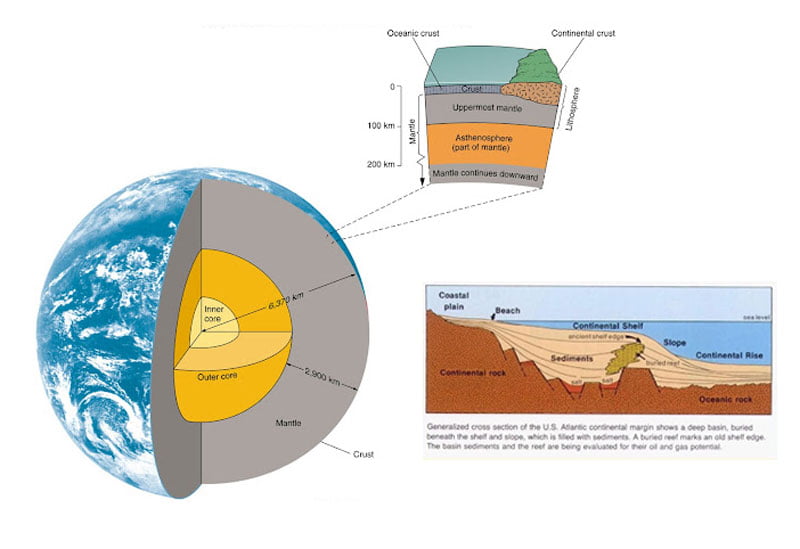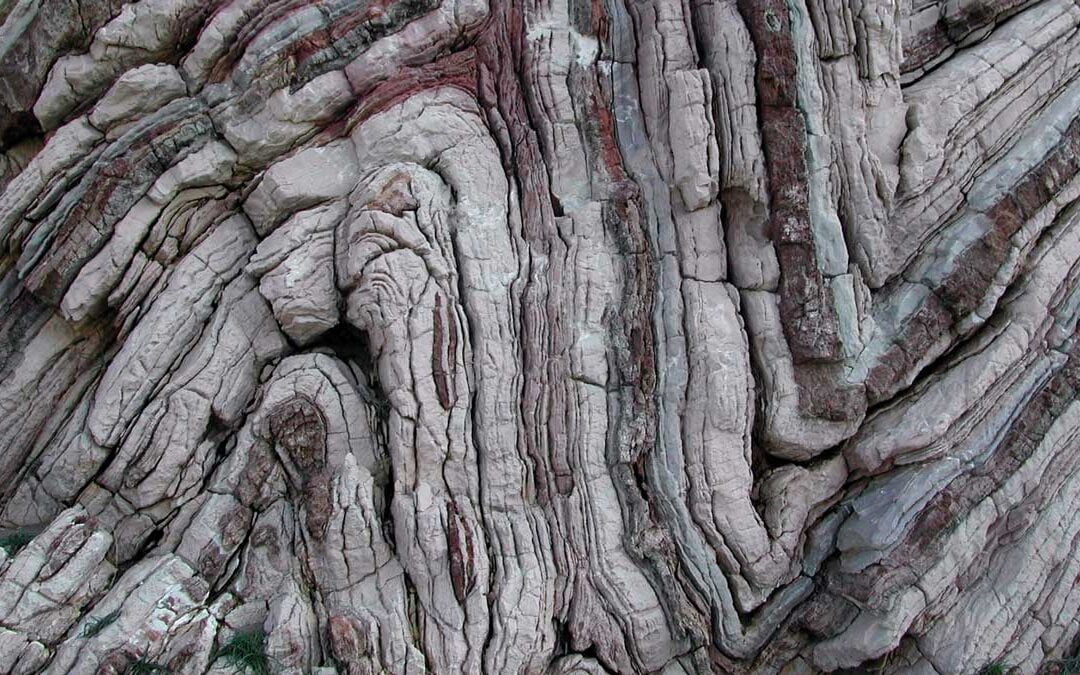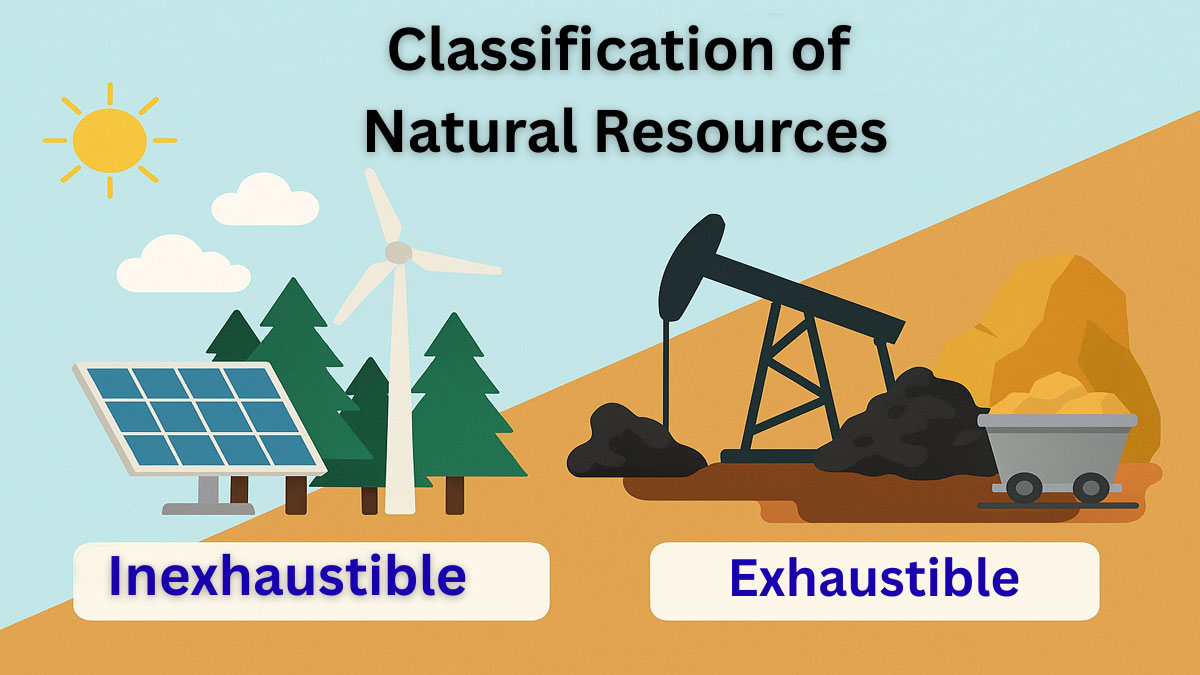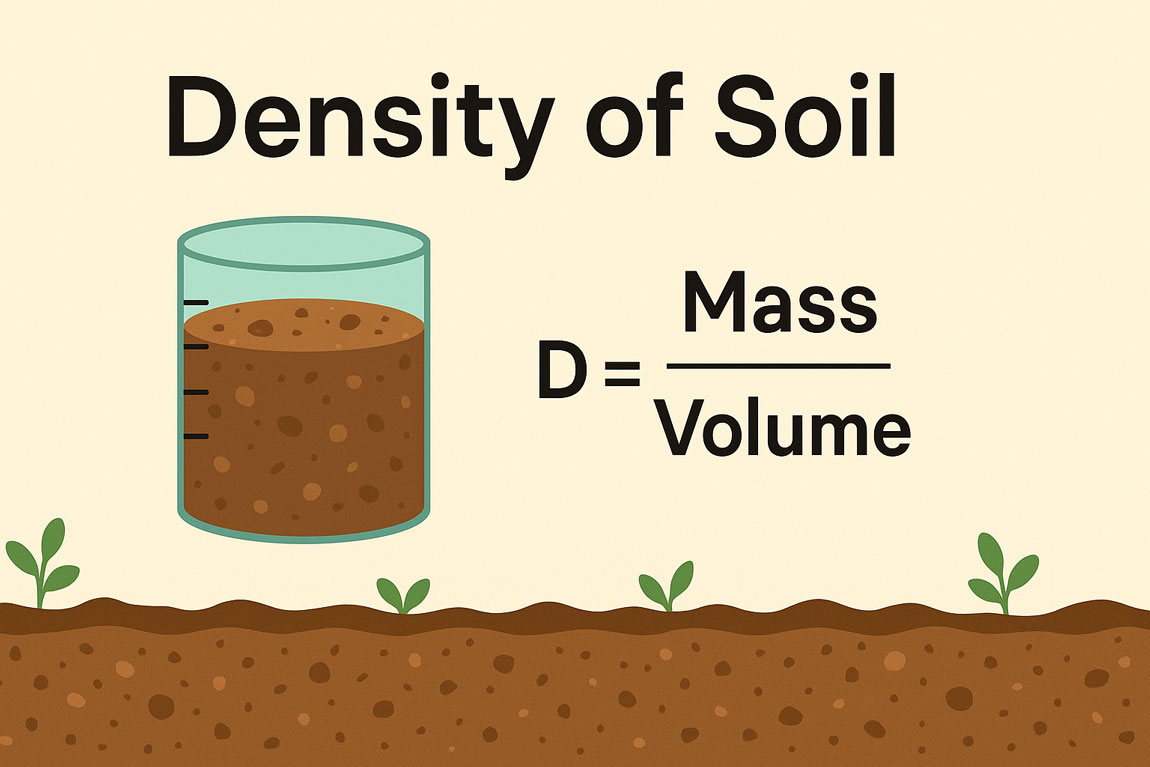Structural geology is concerned with rock deformation on both a big and microscopic scale. Its research ranges from submicroscopic crystal lattice flaws to fault formations and fold systems in the Earth’s crust.
Structural geology advanced significantly in the first half of the twentieth century, often due to research into metamorphic rocks. For example, in the early 1930s, Bruno Sander and Walter Schmidt pioneered ‘petrofabric analysis,’ which is the study of spatial interactions between specific minerals that make up a rock and the processes that could have formed these associations.
The approaches were used to study rock deformation and were extended to encompass the creation of both sedimentary and igneous rocks. Thus, structural petrology, the study of deformed rocks and their tectonic history, was developed.
Purpose of Structural Geology
The geologist’s understanding of structural forms is as significant as the physiologist’s understanding of anatomy. Knowledge of structural geology is essential for comprehending the Earth as a whole or its many components.
The field’s scope is enormous, spanning from the most significant framework of the Earth’s interior and major crustal elements to the fine detail of rock fabric. It describes the geometry and spatial relationships of rock bodies on the one hand and the mechanisms by which these relationships emerge on the other.
The Earth’s crust is composed of igneous, sedimentary, and metamorphic rocks. However, sedimentary rocks are the best for understanding the common structures deposited on them during petrogenic and orogenic movements.

What is structure?
Any feature produced in rock is structure.
What is the structure of rock?
Structures are the separate, contrasting, larger-scale features of rocks. Our objective will be to determine whether any rock structures can provide information about a rock’s formational environment, whether it is volcanic, sedimentary, or metamorphic.
There are hundreds of different rock formations. Geologists classify them as ‘primary’ or ‘secondary’ structures.
Primary Structures: Structures created before or concurrently with the formation of material into rock. For example, as magma crystallizes or sediment accumulates.
Secondary Structures: These are structures that develop in sedimentary or igneous rocks after lithification and metamorphic rocks during or after their formation. Fundamental secondary structures are joints and shear fractures; faults, folds, cleavage, foliations, lineations, shear zones.






